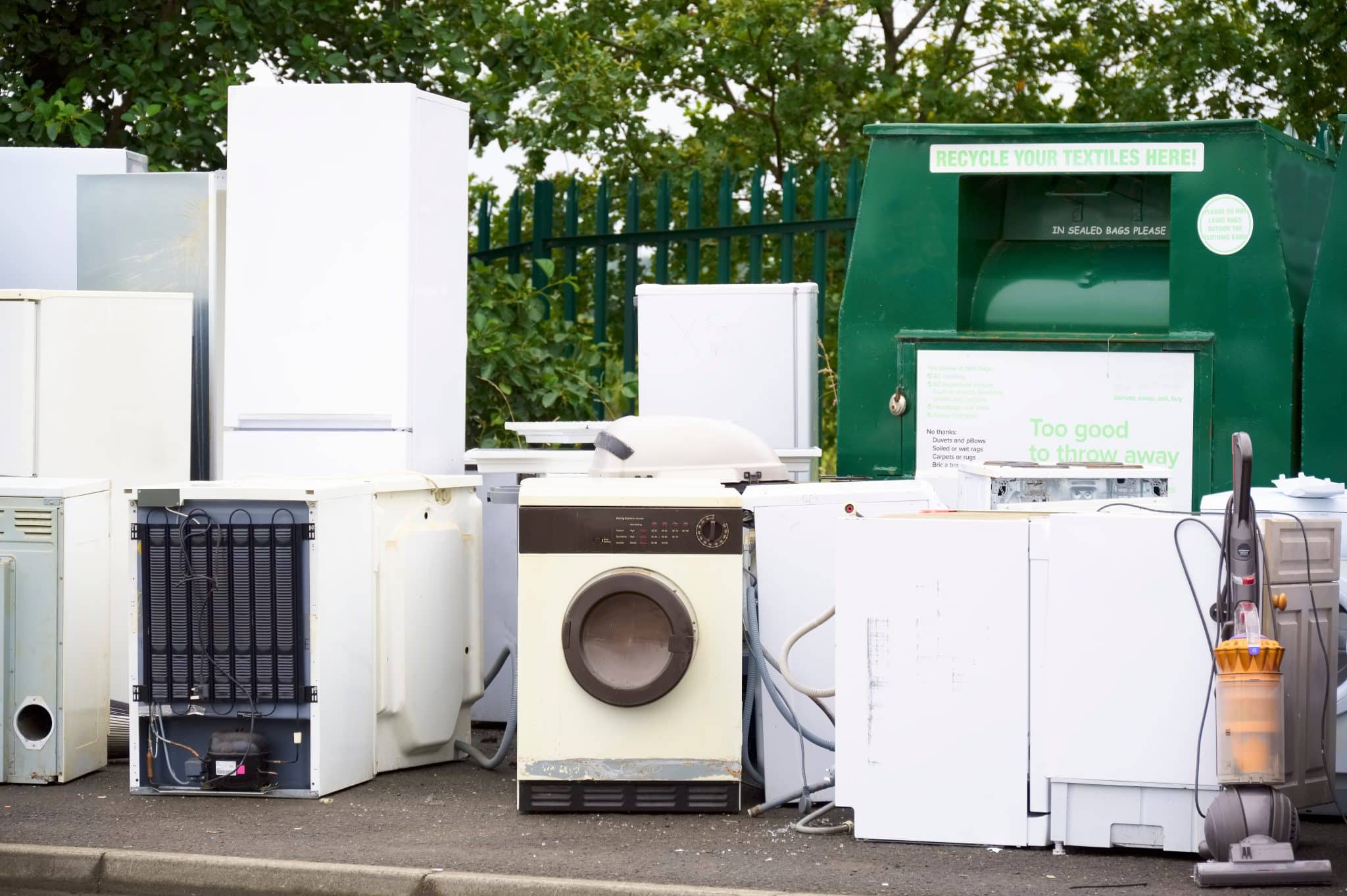

Articles
How To Scrap A Refrigerator
Modified: January 21, 2024
Learn the step-by-step process of scrapping a refrigerator in this informative article. Find useful tips and advice for safely disposing of your old appliance.
(Many of the links in this article redirect to a specific reviewed product. Your purchase of these products through affiliate links helps to generate commission for Storables.com, at no extra cost. Learn more)
Introduction
Scraping a refrigerator is a great way to not only get rid of an old, non-functional appliance, but also earn some extra cash by selling the valuable scrap materials. However, it’s important to approach this task with caution and follow proper safety procedures to avoid any accidents or injuries.
In this article, we will provide you with a comprehensive guide on how to safely and efficiently scrap a refrigerator. We will walk you through the step-by-step process, from gathering the necessary tools and materials to disposing of the non-recyclable parts.
Before we begin, it’s important to note that working with refrigerators involves dealing with hazardous materials, such as refrigerants, which can be harmful to the environment if not handled properly. Therefore, it is essential that you follow all safety precautions and regulations to minimize any potential risks.
Now, let’s delve into the details of how to effectively scrap a refrigerator.
Key Takeaways:
- Safety is paramount when scrapping a refrigerator. From wearing protective gear to handling refrigerants with care, following safety precautions ensures a smooth and risk-free scrapping process.
- Proper preparation, efficient separation of materials, and responsible disposal of non-recyclable parts are essential for maximizing the value of scrap materials and contributing to environmental sustainability.
Read more: What To Do With Quilt Scraps
Safety Precautions
When it comes to scrapping a refrigerator, safety should always be your top priority. Before you begin, make sure you have taken the following precautions:
- Wear Protective Gear: It is essential to wear appropriate protective gear, such as gloves, safety goggles, and a respirator mask, to protect yourself from any harmful substances or flying debris.
- Disconnect the Power: Before starting any work on the refrigerator, ensure that it is completely disconnected from the power source. Unplug the refrigerator from the wall outlet or turn off the circuit breaker dedicated to it.
- Proper Ventilation: Make sure you work in a well-ventilated area to avoid inhaling any fumes or gases from the refrigerator components, especially during the refrigerant removal process.
- Secure the Refrigerator: Ensure that the refrigerator is stable and secure before you begin any disassembly. This will minimize the risk of the appliance tipping over or falling onto you and causing injuries.
- Handle Refrigerants with Care: Refrigerators contain refrigerants that need to be properly recovered and disposed of to protect the environment. Never puncture or cut refrigerant lines and always follow local regulations for handling and disposing of these hazardous substances.
- Avoid Sharp Objects: Be cautious when handling tools and sharp objects during the dismantling process. Keep the sharp edges away from yourself and others to prevent cuts and injuries.
- Work with a Partner: It’s advisable to have someone else assist you during the scraping process. They can help with heavy lifting, provide an extra set of eyes for safety checks, and offer assistance if an accident occurs.
By following these safety precautions, you can ensure that your scrapping process goes smoothly and minimize any potential risks to yourself and others.
Gathering Required Tools and Materials
Before you begin scrapping a refrigerator, it’s crucial to gather all the necessary tools and materials to ensure a smooth and efficient process. Here are the items you will need:
- Protective Gear: As mentioned earlier, make sure you have gloves, safety goggles, and a respirator mask to protect yourself from any potential hazards.
- Basic Hand Tools: Gather tools such as screwdrivers, wrenches, pliers, and wire cutters. These will be useful for disassembling various components of the refrigerator.
- Power Tools: Depending on the size and condition of the refrigerator, you may need power tools like a reciprocating saw or a cordless drill with cutting attachments to assist with the dismantling process.
- Refrigerant Recovery Equipment: To safely remove and dispose of the refrigerant, you will need a refrigerant recovery machine or a professional vacuum pump. Consult local regulations to ensure compliance with proper refrigerant handling.
- Container for Scrap: Prepare a large container, such as a trash bin or a designated scrap metal container, to collect the metal components that you will be recycling.
- Labels and Markers: It’s helpful to have labels and markers on hand to note any specific parts or materials that need special attention or to mark any hazardous substances for proper disposal.
- Personal Protective Equipment (PPE): In addition to the basic protective gear, consider having a hard hat, steel-toed shoes, and protective clothing to ensure maximum safety during the scrapping process, particularly when handling heavy or sharp materials.
- Transportation: If you plan to sell the scrap materials, make sure you have a suitable vehicle or arrange for transportation to the recycling center or scrap yard, as some components can be quite bulky and heavy.
By having these essential tools and materials at your disposal, you’ll be well-prepared to tackle the scrapping process efficiently and effectively. Remember to handle all items with care and follow local regulations regarding the disposal and recycling of materials.
Preparing the Refrigerator for Scraping
Before you can start dismantling the refrigerator, it’s important to properly prepare it for the scrapping process. Follow these steps to ensure a smooth and efficient disassembly:
- Clean the Refrigerator: Begin by cleaning the refrigerator inside and out to remove any food residue or debris. This will not only make it easier to work with but also ensure a hygienic environment during the scrapping process.
- Empty the Refrigerator: Remove all contents from the refrigerator, including any remaining food or beverages. Dispose of these items properly according to local waste disposal guidelines.
- Defrost the Freezer: If your refrigerator has a freezer compartment, it’s important to defrost it before you begin. Allow the ice to melt naturally or use a hairdryer on low heat to speed up the process. Once defrosted, clean any water or moisture inside.
- Disconnect Water Lines (if applicable): If your refrigerator is equipped with a water dispenser or ice maker, make sure to turn off the water supply and disconnect the water lines before proceeding.
- Remove Shelves and Drawers: Take out any removable shelves, drawers, and compartments from the refrigerator. Label them if necessary to keep track of their placement for reassembly or potential sale as separate items.
- Secure Loose Doors: Use duct tape or bungee cords to secure any loose doors during the disassembly process. This will prevent them from swinging open or accidentally falling off, reducing the risk of injury.
- Inspect for Hazardous Materials: Check the refrigerator for any hazardous materials such as asbestos insulation or PCB-containing components. If you suspect the presence of any hazardous substances, it’s best to consult professionals for proper handling and disposal.
- Remove Personal Information: If you’re planning to sell or give away the refrigerator, make sure to remove any personal information or data that may be stored on digital displays or memory devices.
By following these preparatory steps, you will create a safe and efficient workspace for scrapping the refrigerator. Remember to take your time and exercise caution throughout the entire process to avoid any accidents or injuries.
Removing the Refrigerant
Removing the refrigerant from the refrigerator is an important step in the scrapping process. It is crucial to handle refrigerants properly to protect the environment and comply with legal regulations. Follow these steps to safely remove the refrigerant:
- Consult a Professional: Handling refrigerants requires expertise and specific equipment. It is recommended to seek the assistance of a certified technician or HVAC professional who can safely recover the refrigerant for you. They have the necessary tools and knowledge to handle refrigerants and dispose of them safely.
- Disconnect Power: Before any work is done, ensure that the refrigerator is completely disconnected from the power source to avoid any electrical hazards.
- Locate the Refrigerant Lines: Locate the refrigerant lines in the refrigerator, typically located at the back or bottom of the unit. These lines may be covered by a protective casing or panel, which you will need to remove to access the lines.
- Use Proper Equipment: If you are licensed and have the appropriate equipment, such as a refrigerant recovery machine or a professional vacuum pump, you can proceed to safely recover the refrigerant yourself. Make sure to follow the manufacturer’s instructions and guidelines while using the equipment.
- Seal Refrigerant Lines: If you are unable to recover the refrigerant yourself or do not have the necessary equipment, you must properly seal the refrigerant lines. Use specialized equipment or caps designed specifically for sealing refrigerant lines to prevent any remaining refrigerant from leaking into the atmosphere.
- Label Refrigerant Type: Once the refrigerant is removed or sealed, it is important to label the refrigerator or keep a record of the type of refrigerant it contained. This information will be helpful when recycling or disposing of the appliance properly.
- Dispose of Refrigerant Properly: If you have recovered the refrigerant yourself, it is essential to dispose of it responsibly. Contact your local waste management or environmental agency for guidance on where and how to properly dispose of refrigerants.
Remember, handling refrigerants without proper certification or training can be dangerous and may result in harmful environmental impact. Always prioritize safety and compliance with proper regulations when dealing with refrigerants during the scrapping process.
Before scrapping a refrigerator, make sure to remove any food, shelves, and drawers. Then, disconnect the power and allow the appliance to defrost completely to avoid any water leakage during transportation.
Read more: How To Store Food Scraps For Compost
Separating the Metal Components
Once the refrigerant has been safely removed or sealed, you can proceed with separating the metal components of the refrigerator. This step is crucial for maximizing the value of the scrap materials. Follow these steps to effectively separate the metal components:
- Identify the Metal Components: Take time to familiarize yourself with the different metal components in the refrigerator. Common metals include steel, aluminum, and copper. Knowing which parts are made of which metal will help you in the sorting and recycling process.
- Use Appropriate Tools: Depending on the components, you may need various tools such as screwdrivers, pliers, wrenches, or cutting tools to remove screws, nuts, or bolts holding the metal parts together. Use caution when using tools to avoid injuries.
- Remove Outer Panels: Start by removing the outer panels of the refrigerator. These panels are typically made of steel, aluminum, or a combination of both. Use appropriate tools to unscrew or pry off the panels carefully. Set them aside for later recycling.
- Dismantle the Shelving and Racks: Remove the shelves and racks from inside the refrigerator. These pieces are usually made of steel or coated wire. Separate any plastic or glass components from the metal and set them aside for proper disposal.
- Extract the Compressor: The compressor located at the back of the refrigerator contains valuable copper and aluminum components. Carefully disconnect any wires or tubing connected to the compressor and remove it from the unit. Be cautious as the compressor can be heavy.
- Remove Copper Wiring and Coils: Inside the refrigerator, you may find copper wiring and coils. Disconnect these from the circuit boards or other parts and remove them. Copper is highly valuable and should be collected separately for recycling.
- Separate Brass and Aluminum Components: Some parts of the refrigerator may be made of brass or aluminum. Separate these components from the rest and set them aside for recycling.
- Sort and Collect the Scrap Metals: Once you have removed all the metal components, sort them based on their material composition. Collect steel, aluminum, copper, and other metals in separate containers or bins for recycling.
By effectively separating the metal components, you can maximize the value of the scrap materials and ensure that they are properly recycled. Remember to check local recycling guidelines and regulations to ensure compliance and support eco-friendly disposal practices.
Removing the Plastic Components
After separating the metal components from the refrigerator, the next step is to remove the plastic parts. While plastic is not as valuable for recycling as metal, it is still important to properly dispose of it to minimize environmental impact. Follow these steps to effectively remove the plastic components:
- Identify the Plastic Components: Take a close look at the refrigerator to identify the plastic parts. Common plastic components include door handles, shelves, trays, and drawers.
- Use Appropriate Tools: Depending on the plastic parts, you may need tools such as screwdrivers or prying tools to remove screws, clips, or fasteners holding them in place. Be careful not to damage the plastic or surrounding components while removing them.
- Disconnect Wires and Connectors: Some plastic parts may be connected to wires or connectors. Disconnect these carefully to avoid damage and ensure the safe removal of the plastic components.
- Remove Plastic Covers and Panels: Look for plastic covers or panels that are removable. These might include the control panel cover, air vent covers, or light diffusers. Unscrew or unclip these parts and carefully set them aside.
- Dismantle Door Handles and Trim: Remove any plastic door handles and trim by unscrewing or gently prying them off. These parts may require a bit of finesse to avoid breakage, so take your time and be patient.
- Separate Shelves, Trays, and Drawers: Take out the plastic shelves, trays, and drawers from inside the refrigerator. These components are usually easily removable and may require no tools. Ensure they are completely empty before handling.
- Collect and Dispose of Plastic Parts: Once you have removed all the plastic components, collect them in a separate container or bag designated for plastic waste. Check local recycling guidelines to determine the appropriate method of disposal in your area.
Properly removing and disposing of plastic components is essential for minimizing waste and supporting sustainable practices. Remember, recycling options for plastic can vary, so reach out to your local recycling facility or waste management authority for guidance on how to dispose of plastic parts responsibly.
Collecting the Scrap Materials
Now that you have successfully removed both the metal and plastic components from the refrigerator, it’s time to collect and organize the scrap materials. Following these steps will help ensure that you properly collect and maximize the value of the scrap materials:
- Sort the Materials: Separate the different types of scrap materials, such as metal and plastic, into separate containers or bins. This will make it easier to transport and sell the materials to the appropriate recycling facilities.
- Prepare Metal for Recycling: If you haven’t already done so, take the time to dismantle any metal components into smaller pieces. This will make them easier to handle and maximize the value of the scrap metal.
- Weigh the Scrap Metal: If you plan to sell the scrap metal, weigh each type of metal separately. Note the weight for each category, as this will help determine the value and ensure accurate pricing at the recycling facility.
- Keep Non-Metal Components Separate: While plastic parts may not carry as much value as metal, it’s still important to separate them from the metal components. This makes it easier to dispose of the plastic properly and avoid contamination during the recycling process.
- Store the Scrap Materials Securely: Make sure to store the collected scrap materials in a secure location, away from children or pets. If possible, keep them indoors or cover them to protect them from the elements and prevent theft.
- Plan for Transport: Determine how you will transport the collected scrap materials to the recycling facility or scrap yard. If the materials are too large or heavy for personal transportation, consider arranging for a pickup service or renting a vehicle suitable for hauling them.
- Research Recycling Facilities: Before bringing the scrap materials to a recycling facility, do some research to find reputable and licensed recyclers in your area. Ensure that they accept the specific types of materials you have collected and inquire about their pricing and recycling processes.
- Sell or Recycle the Scrap: Once you have organized and prepared the scrap materials, you can take them to the recycling facility or scrap yard to sell or recycle. Remember to bring the necessary identification and documentation, if required by the facility.
By following these steps, you can effectively collect and manage the scrap materials from the refrigerator scrapping process. This not only helps reduce waste but also allows you to contribute to the recycling industry and potentially earn some extra cash from the valuable scrap materials.
Disposing of the Non-Recyclable Parts
During the process of scrapping a refrigerator, you may come across non-recyclable parts or materials that cannot be accepted by recycling facilities. It’s important to dispose of these items properly to minimize their impact on the environment. Follow these steps for the safe disposal of non-recyclable parts:
- Identify Non-Recyclable Parts: Separate the non-recyclable parts from the recyclable materials. This may include certain plastics, foam insulation, glass, rubber, and other materials that do not have recycling options available.
- Consult Local Regulations: Research the local waste management guidelines and regulations in your area to determine the proper method of disposal for non-recyclable materials. Different locations may have specific protocols for disposing of certain materials.
- Check Hazardous Waste Disposal: Some non-recyclable parts, such as capacitors, batteries, or bulbs, may be classified as hazardous waste. Look for designated collection centers or hazardous waste disposal facilities in your area to safely dispose of these items.
- Securely Package Hazardous Materials: If you have any hazardous materials, follow the recommended guidelines for packaging and labeling them to prevent leakage or accidents during transportation and disposal. Be sure to handle these materials with extreme care.
- Schedule a Special Pickup or Drop-off: Check if your local waste management authority offers special pickup or drop-off events for specific non-recyclable materials. They may have programs in place for the safe and responsible disposal of items that cannot be recycled.
- Consider Donating or Repurposing: If the non-recyclable parts are still in usable condition, consider donating or repurposing them. Organizations or individuals may find value in certain components for DIY projects or repairs.
- Dispose of Non-Recyclable Parts Properly: Once you have identified the appropriate disposal method for each non-recyclable part, follow the recommended procedure. Whether it’s scheduling a pickup, dropping off at a designated facility, or packaging and labeling hazardous materials, ensure that you comply with all guidelines and regulations.
- Keep a Clean and Organized Workspace: Throughout the scrapping process, maintain a clean and organized workspace to prevent any potential environmental hazards. Dispose of waste materials promptly and responsibly to minimize any negative impact on the surroundings.
By taking the time to properly dispose of non-recyclable parts, you contribute to environmental sustainability and responsible waste management. Prioritize safety, follow local regulations, and explore alternative options to reduce waste whenever possible.
Read more: How To Make A Simple Scrap Quilt
Conclusion
Scraping a refrigerator is a practical way to get rid of an old, non-functional appliance while also earning some extra cash through the recycling of valuable materials. However, it is crucial to approach this task with caution, following safety precautions and adhering to proper disposal methods.
Throughout this comprehensive guide, we have provided a step-by-step overview of how to safely and efficiently scrape a refrigerator. From gathering the necessary tools and materials to disposing of non-recyclable parts, each stage is essential for a successful scrapping process.
We emphasized the importance of safety precautions, including wearing protective gear, disconnecting the power, and handling refrigerants properly. These precautions are crucial to ensure the well-being of yourself and others involved in the scrapping process.
Additionally, we discussed the significance of gathering the required tools and materials, such as power tools, refrigerant recovery equipment, and proper containers for storing scrap materials. Having the right tools at hand and organizing the scrapping process will contribute to a more efficient and effective experience.
We also highlighted the critical steps of preparing the refrigerator, removing the refrigerant safely, separating the metal and plastic components, and collecting the scrap materials. These steps enable the proper recycling and disposal of each component to minimize waste and maximize the value of the materials.
Lastly, we covered the proper disposal of non-recyclable parts, providing guidance on identifying these materials and following local regulations for their safe and responsible disposal.
By following this comprehensive guide, you can navigate the scrapping process confidently, ensuring a safe and environmentally-conscious approach to disposing of your old refrigerator. Remember to always prioritize safety, follow local regulations, and explore options for recycling and repurposing materials whenever possible.
By scrapping your refrigerator responsibly, you not only contribute to the preservation of the environment but also positively impact the recycling industry and sustainable practices as a whole.
Frequently Asked Questions about How To Scrap A Refrigerator
Was this page helpful?
At Storables.com, we guarantee accurate and reliable information. Our content, validated by Expert Board Contributors, is crafted following stringent Editorial Policies. We're committed to providing you with well-researched, expert-backed insights for all your informational needs.
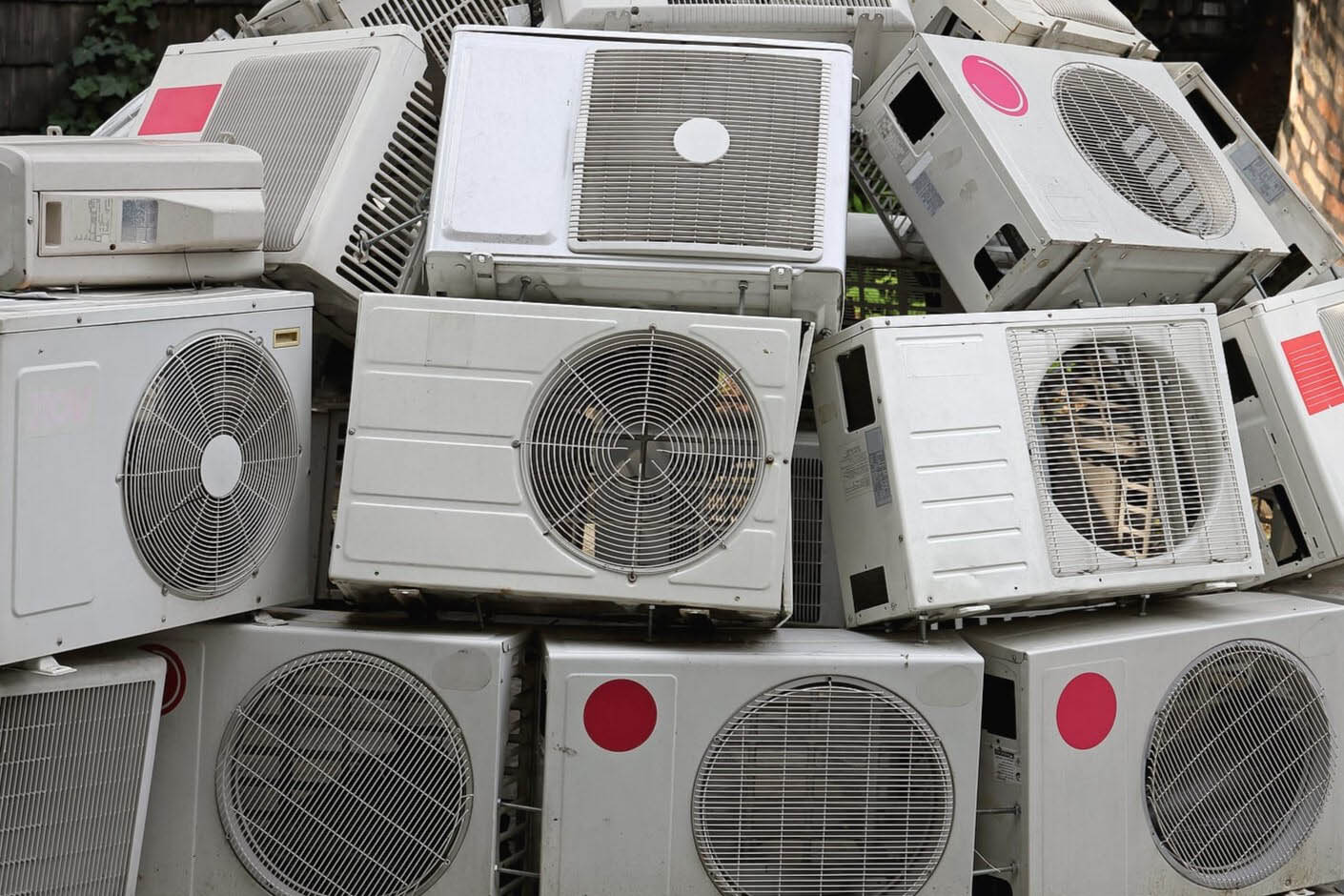

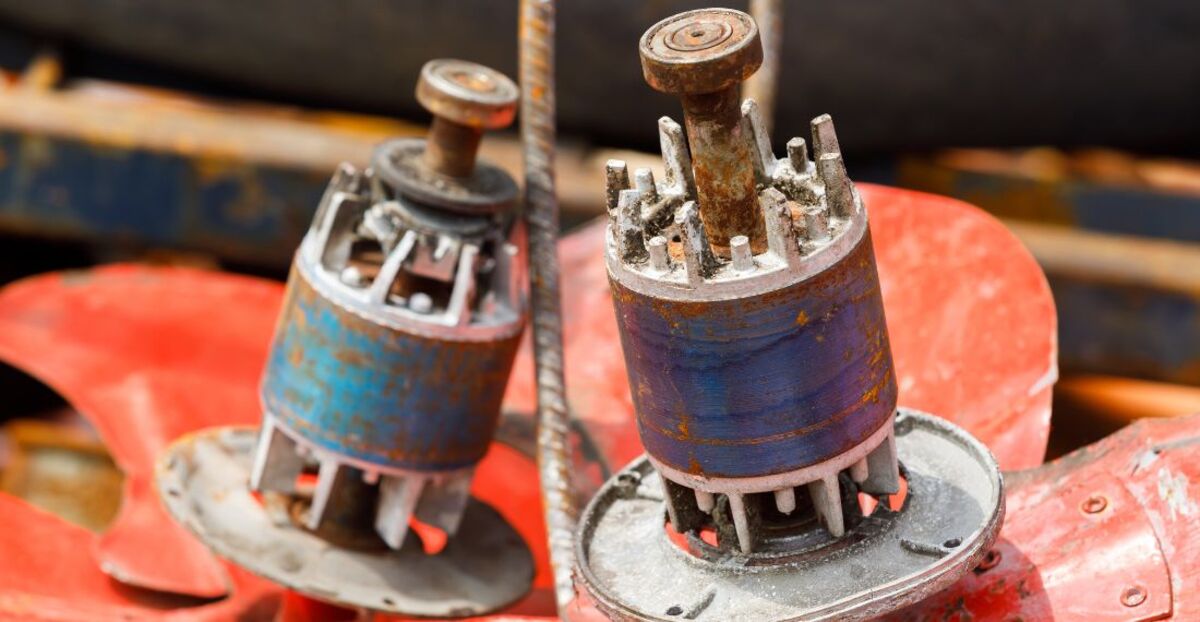
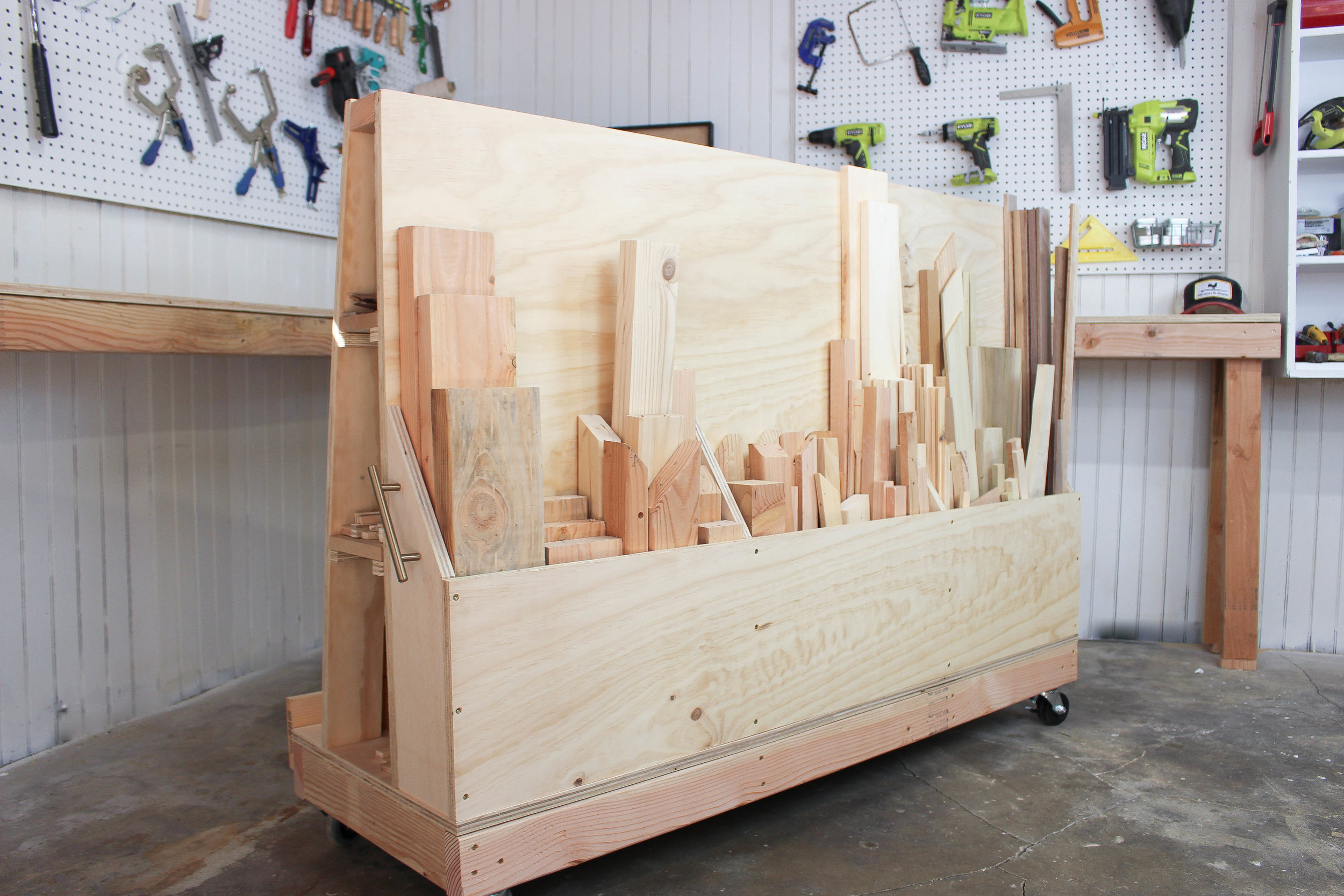
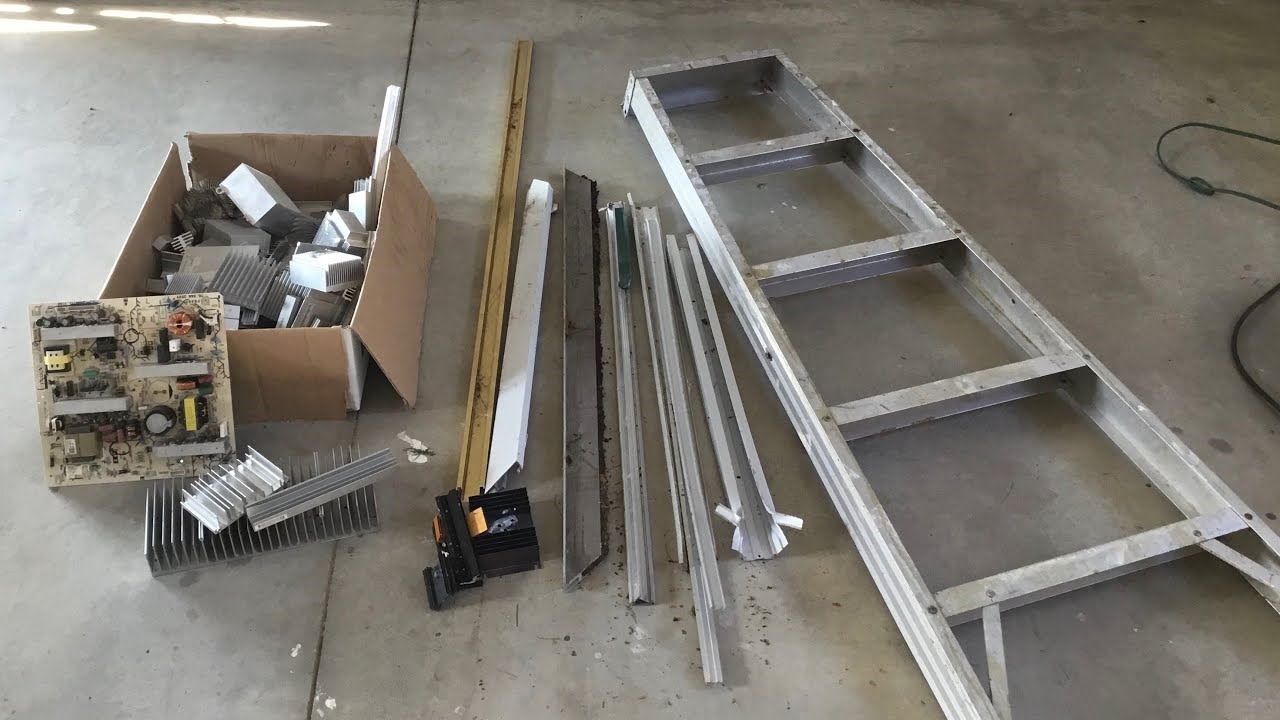
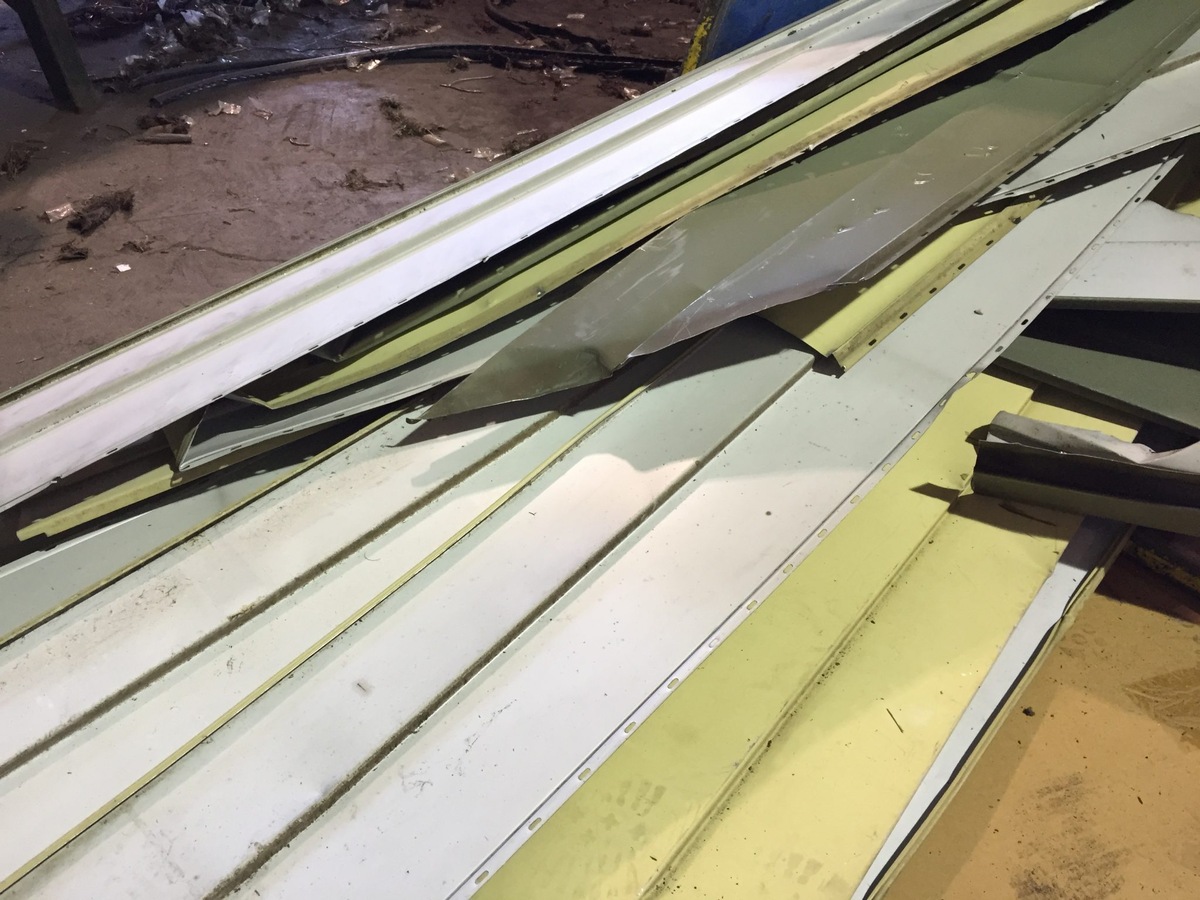
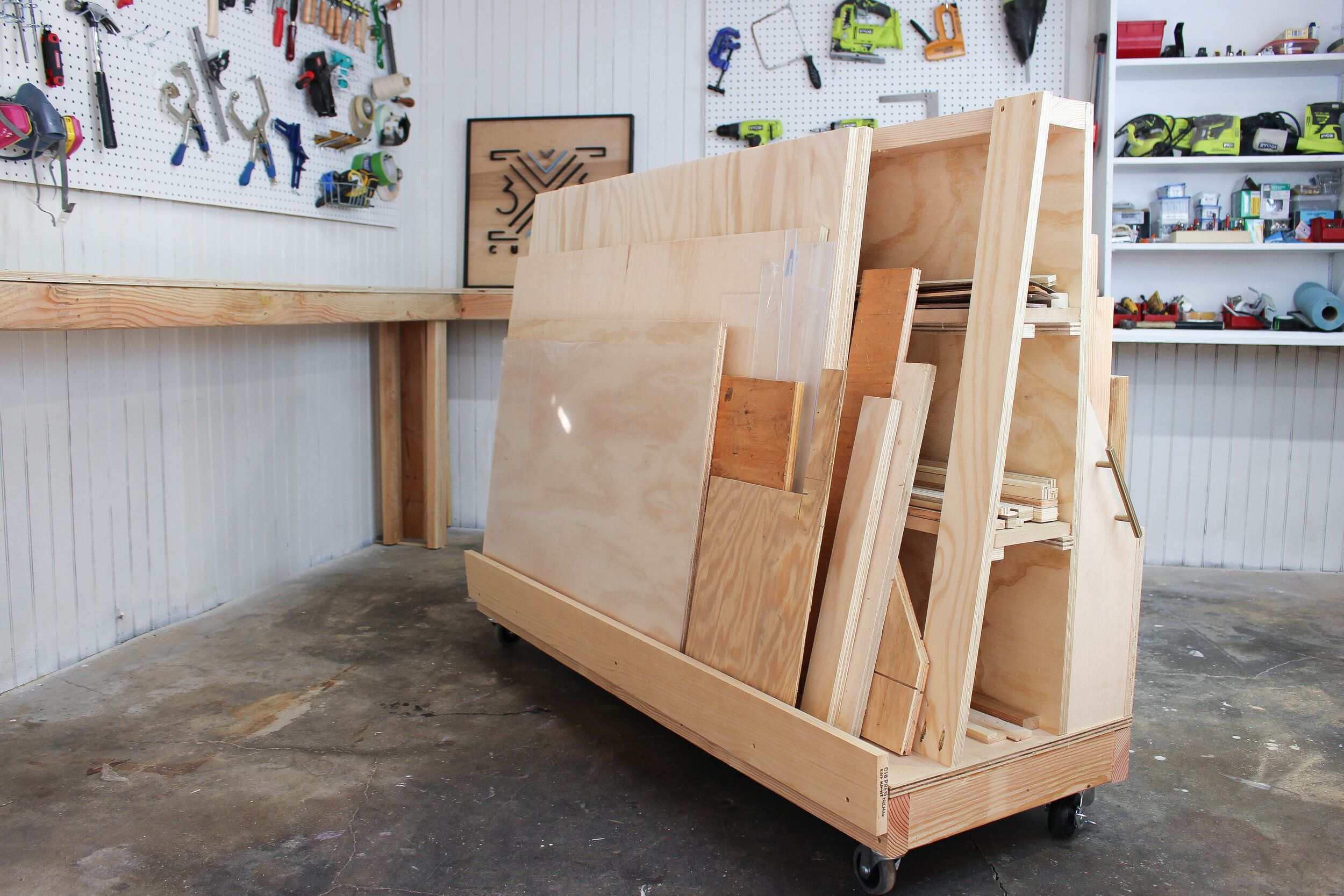
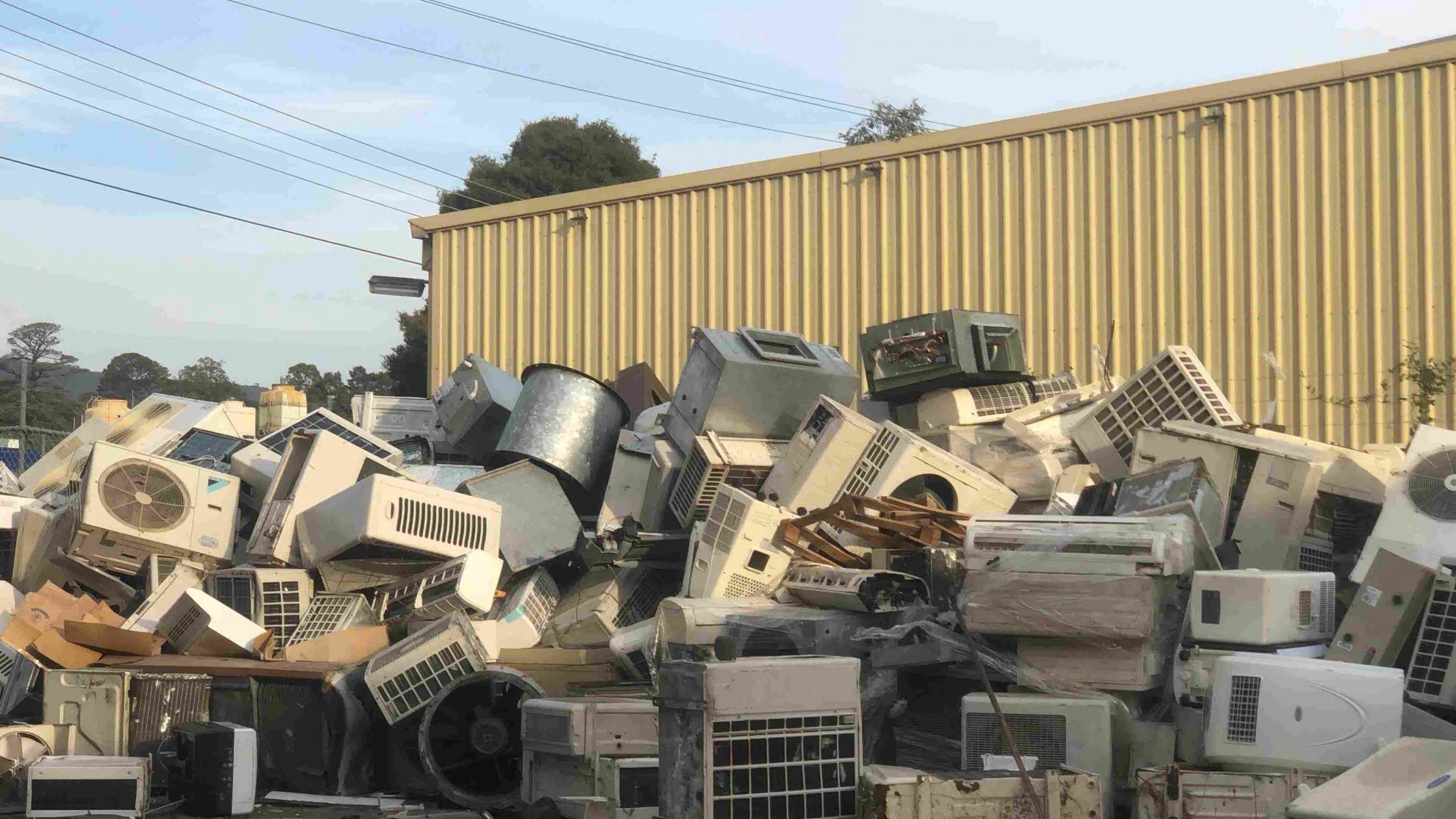
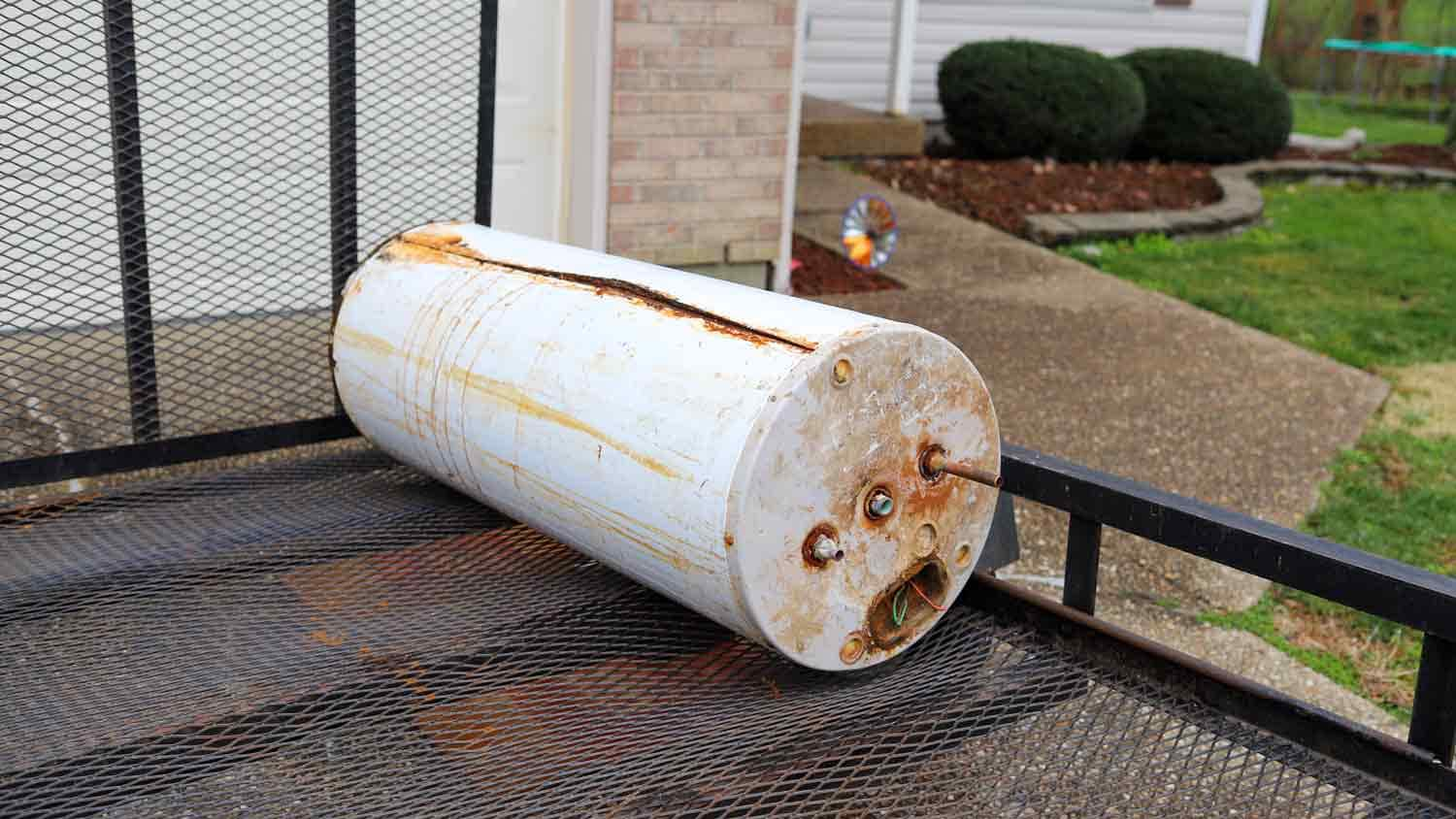
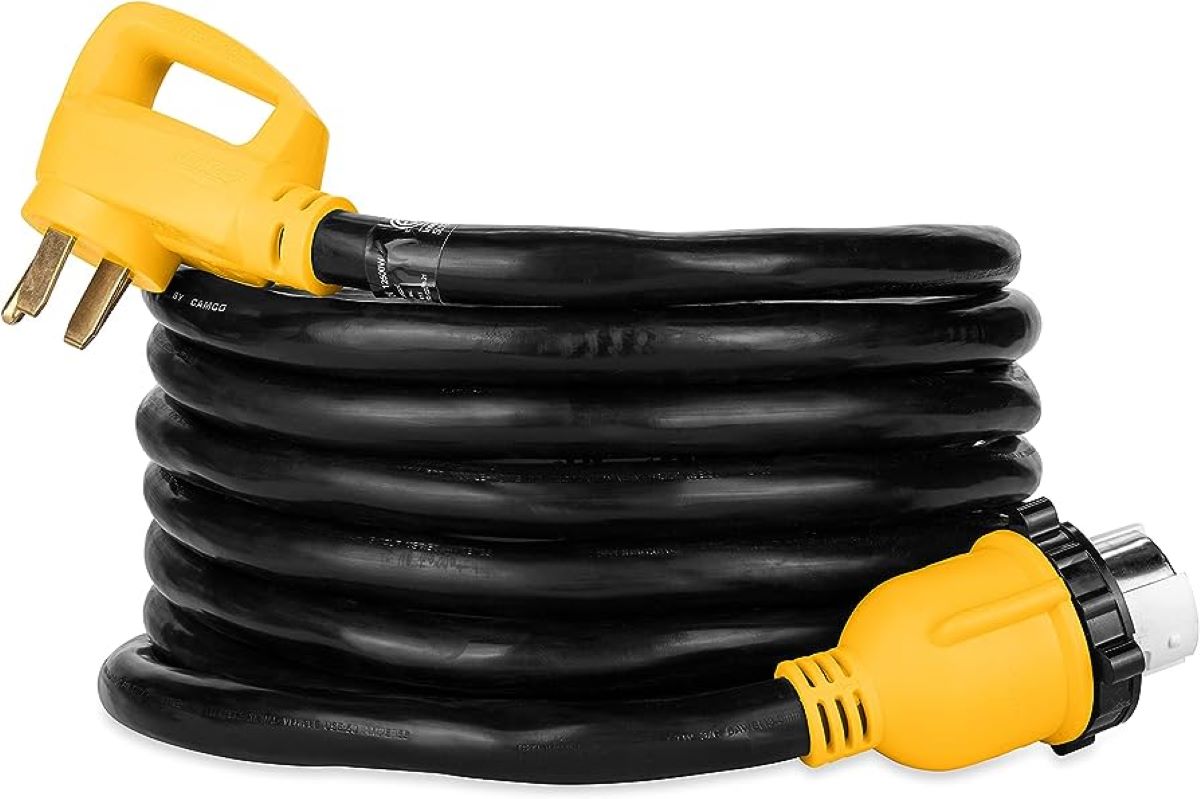
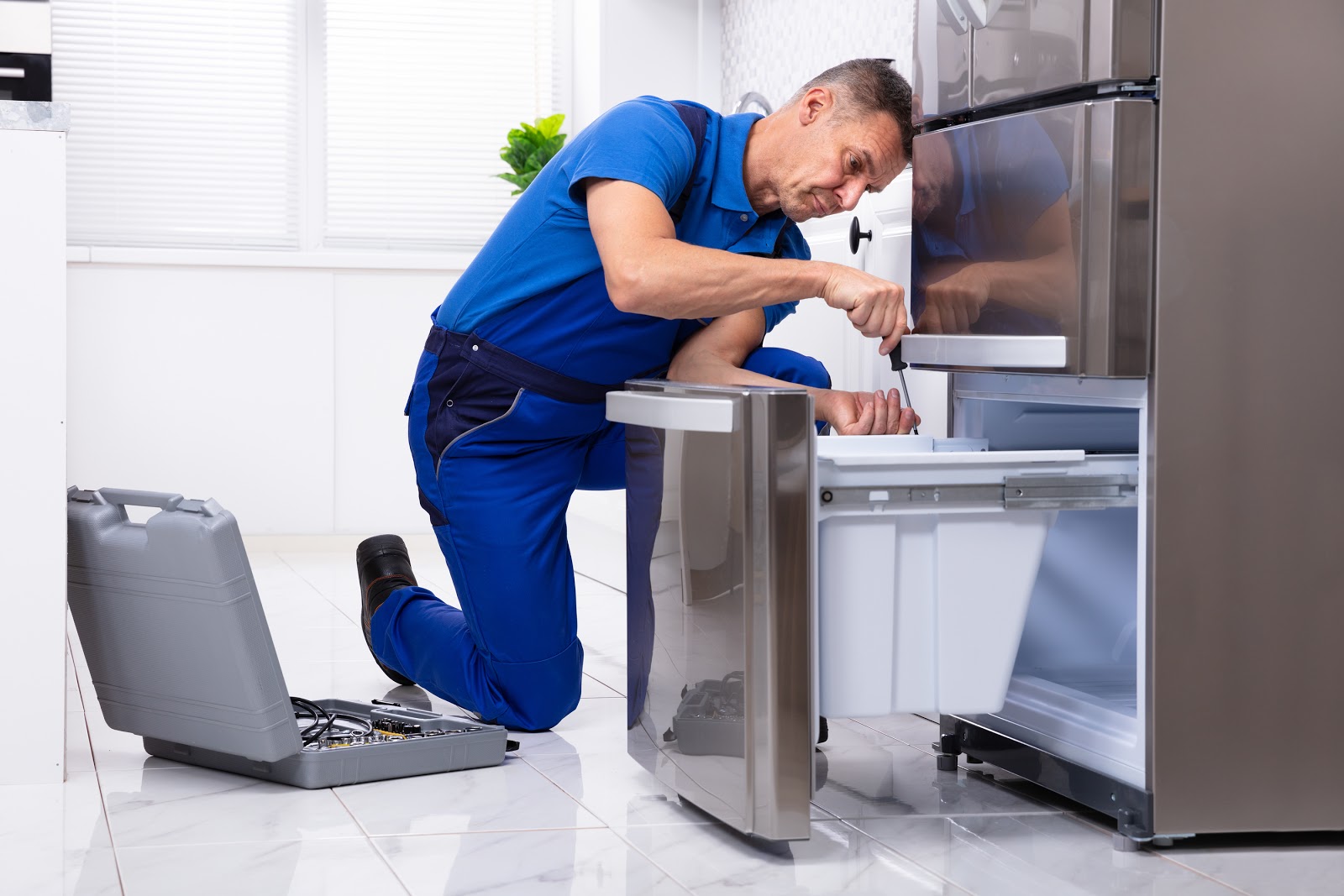
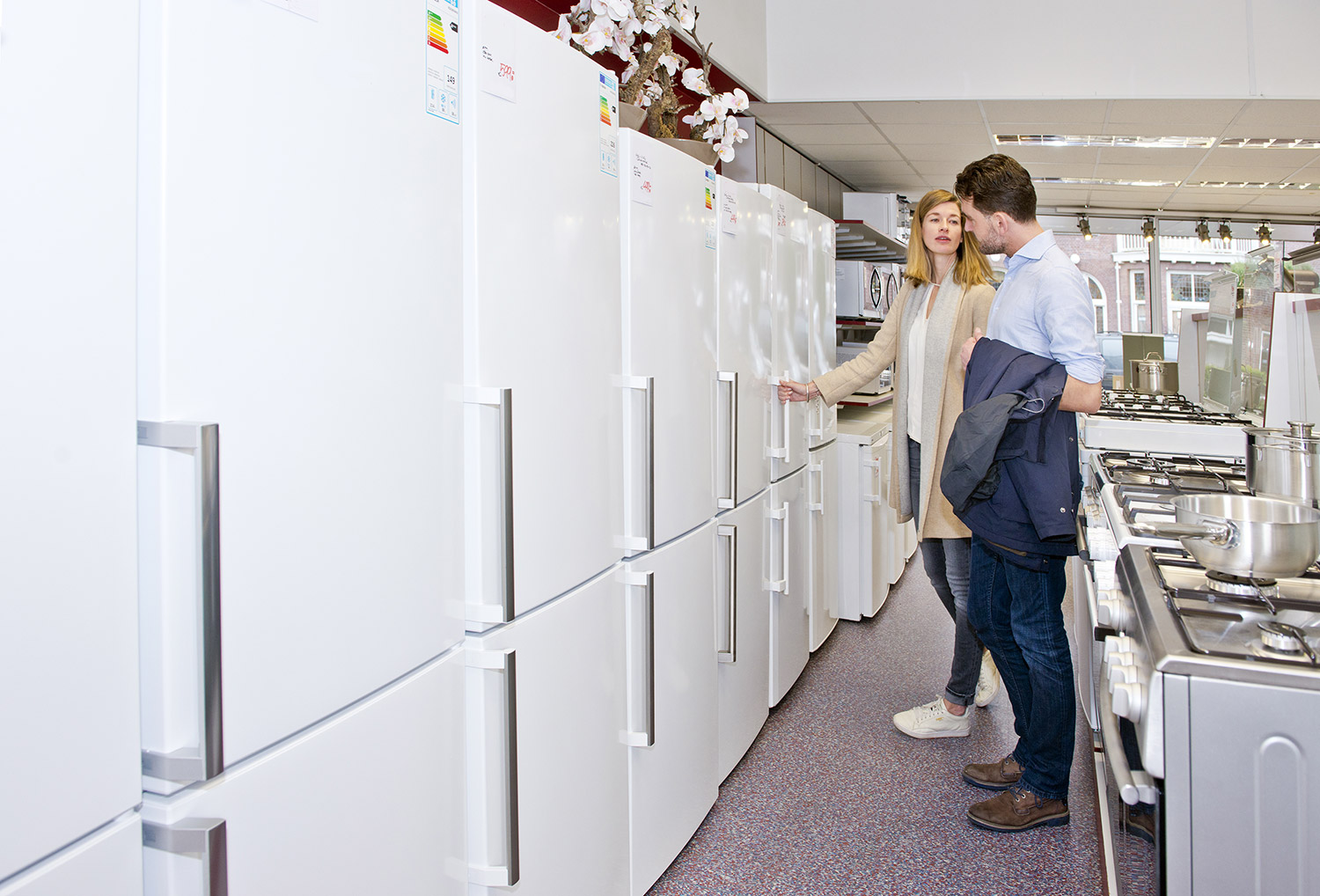
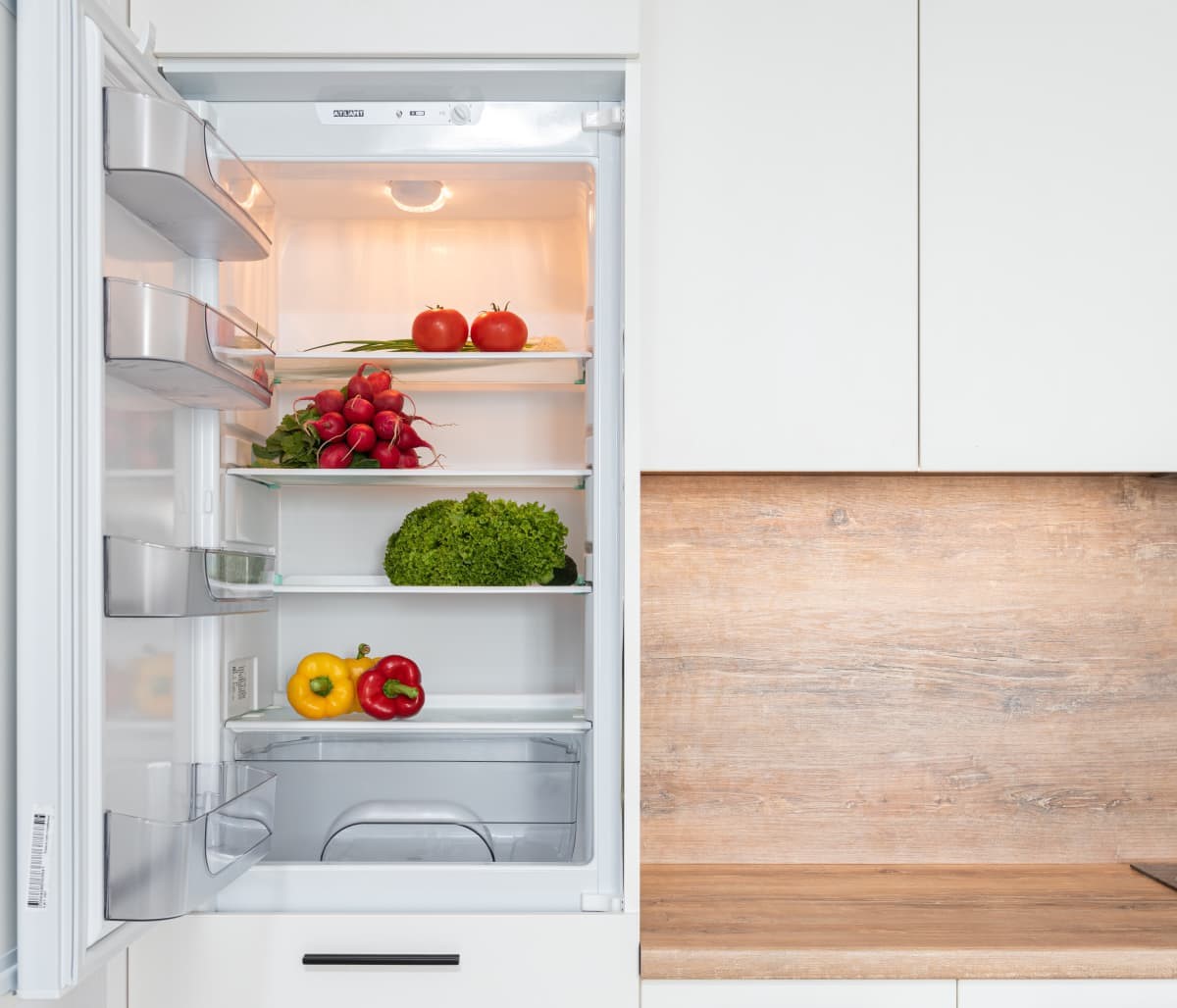

0 thoughts on “How To Scrap A Refrigerator”